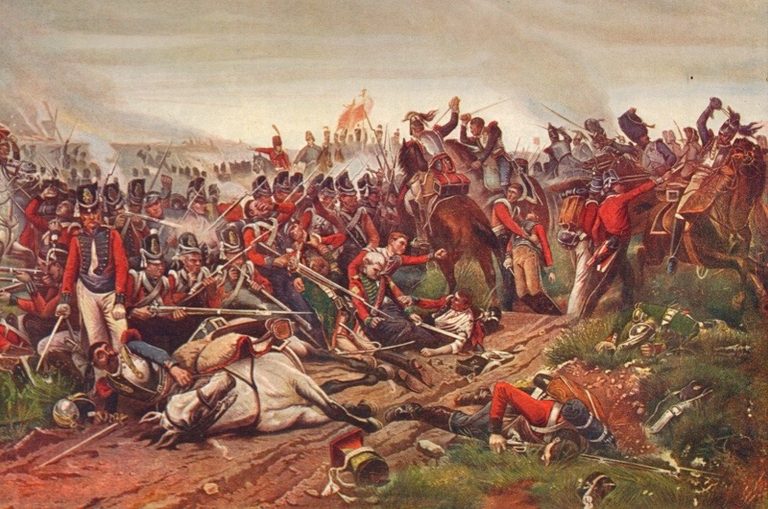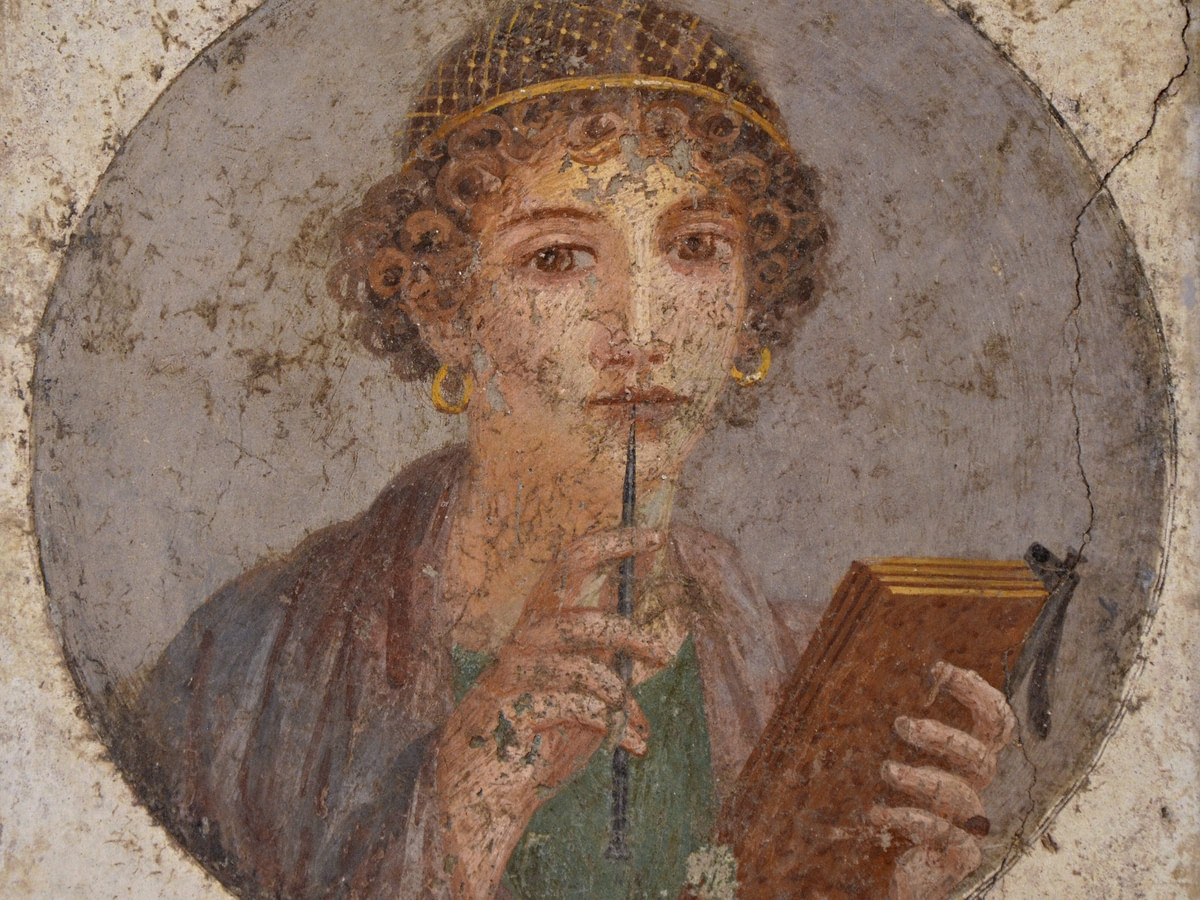In July 1799, during Napoleon’s campaign in Egypt, French soldiers unearthed a granodiorite slab near the town of Rosetta (modern-day Rashid). This artifact, later known as the Rosetta Stone, featured a decree from 196 B.C. inscribed in three scripts: Ancient Egyptian hieroglyphics, Demotic script, and Ancient Greek. The presence of the same text in multiple scripts provided scholars with a comparative tool to decipher the long-lost hieroglyphic language.
The breakthrough came in 1822 when French linguist Jean-François Champollion announced his decipherment of Egyptian hieroglyphs. By analyzing the Greek inscription and correlating it with the hieroglyphic text, Champollion identified phonetic characters and unlocked the grammatical structure of the ancient language. This achievement marked the birth of Egyptology as a scientific discipline and opened a window into over 3,000 years of Egyptian civilization.
Today, the Rosetta Stone resides in the British Museum, though its ownership remains a topic of international debate. Beyond its physical presence, the stone symbolizes the power of linguistic scholarship and the enduring human quest to connect with our past. Its discovery and subsequent decipherment not only resurrected a forgotten language but also revitalized global interest in ancient cultures.




